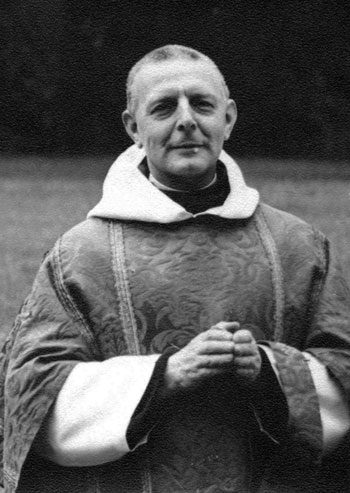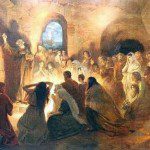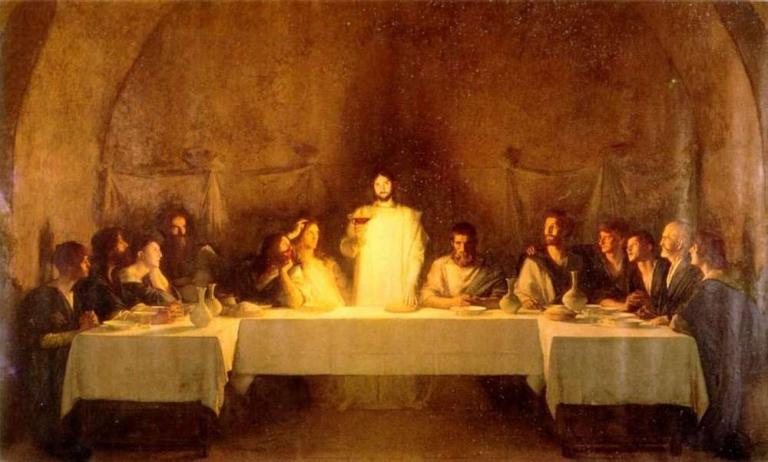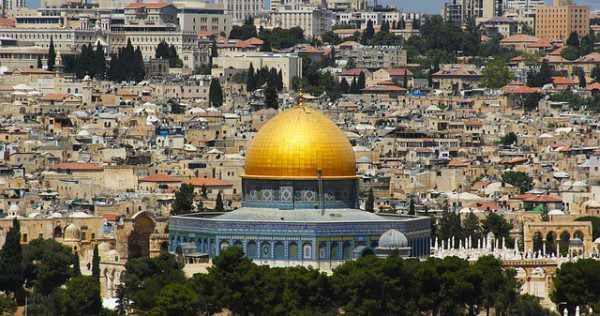Friends, these are my last comments on Dix’s book.
Shortly before or after Easter I shall take up Paul Bradshaw, The Search for the Origins of Christian Worship. Among other things, we shall examine Bradshaw’s criticisms of Dix.
Chapter 16: The Reformation and the Anglican Liturgy (cont’d)
Dix cites Cranmer’s principal treatise on the Eucharist, the Defence of the True and Catholic Doctrine of the Sacrament (1550).
Cranmer says the Mass “is neither a sacrifice propitiatory, not yet a sacrifice of laud and praise” and that his 1549 BCP was radically different from it and essentially consistent with the doctrine of justification by faith alone. 647
According to Cranmer, “the eating of Christ’s Flesh and drinking of His Blood . . . is a figurative speech spiritually to be understand[ed] [III, 10, p 381]. . . . ‘The true eating of Christ’s very Flesh and drinking of His Blood’ is . . . an inward, spiritual and pure eating with heart and mind. . . . [it is to realize that] the same Flesh and Blood now sitteth at the right hand of the Father . . . and [eating and drinking is] to imprint and digest this in our minds [III, 15, p 404]. . . . the faithful man earnestly considereth it in his mind . . . this is the eating of Christ’s Flesh and drinking of His Blood (IV, 2, p 426). 648-49
The spiritual eating and drinking of Christ’s Body and Blood, then, is not directly related, in any logical or ontological manner, to holy communion. The bread and wine have no particular holiness in them, not even after consecration. They only represent the Body and Blood. They are the sign, token, and figure because they signify the Body and Blood, which are received spiritually by faith in the heart and mind and not in the bread and wine per se. The spiritual feeding on Christ is something dependent solely on belief in Him and is independent of receiving holy communion. 649-51
For Cranmer, the sacrifice and oblation in the eucharist consist in the emotions and ideas of those present at the eucharist, not anything pertaining to the rite itself. 655
Dix is unable to distinguish anything in the substance of Cranmer’s theology that is different from that of Zwingli. 656 [the Cranmer scholar Ashley Null differs with the characterization]
But there is tension between the theology of the Defence and the liturgical work that Cranmer has left us. In the 1549 BCP are three things: 1. In the canon we pray, “Sanctify these Thy gifts and creatures that they may be unto us the Body and Blood of Thy most dearly beloved Son,” 2) also in the canon, “Beseeching Thee that whosoever shall be partakers of this holy communion may worthily receive the most precious Body and blood of Thy Son . . . and made one Body with Thy Son Jesus Christ, that he may dwell in them and they in Him”; 3) In the Prayer of Humble Access, “Grant us . . . so to eat the flesh of They dear Son Jesus Christ and to drink His Blood in these holy mysteries that we may continually dwell in Him.” 657
Dix says the riddle is resolved by two considerations. First, 1549 was a trial balloon, and second, his true sacramental theology was revealed in the 1552 BCP, which does indeed resemble that of Zwingli.
The primitive concept of the oblation was that Christ offers His perfect oblation of Himself to the Father, and that the earthly Church as His Body enters into His priestly act by the eucharist. Cranmer sought to substitute for this the idea that we offer to God “ourselves, our souls and bodies.” 666
At the NT words of institution, where Christ says, “Do this for the anamnesis of Me,” the early church rightly read into this not only a reference to His sacrificial death but much more also. It is “Me,” the whole Christ, not only the Victim of Calvary, which the eucharist “re-calls.” 670
For Cranmer, the real Eucharistic action does not lie in these things but is something purely mental and psychological: “This is the eating of Christ’s Flesh and drinking of His Blood, the feeling whereof is to every man the feeling how he eateth and drinketh Christ.” 671 The action of the eucharist becomes in the 1552 BCP the action of the minister, not a corporate action, but something “every man for himself” thinks about mentally and is inspired by. 671
As a piece of liturgical craftmanship the 1552 BCP is first-rank, and the only effective attempt to give liturgical expression to an absolute version of the doctrine of justification by faith alone. 672
The Church of England has never given to Cranmer the position that Lutheranism gave to Luther, Calvinism to Calvin, or Zwinglianism to Zwingli. He is not personally a source of Anglican doctrine. When the 1559 PB under Elizabeth prefixed the words of 1549 “The Body (and Blood) of our Lord Jesus Christ” to the 1552 words “Take and eat (drink) this in remembrance,” at one stroke the whole question that Cranmer sought to close decisively was reopened.
The Convocation of 1559 undid more of Cranmer’s work by inserting language that was included in what is now Article 28: “The Body of Christ is given, taken, and eaten, in the Supper . . .”
The Convocation of 1662, in its approval of the 1662 BCP, inserted “consecrated” before “bread and wine,” and included instructions that the consecrated elements after communion should be replaced on the altar “reverently,” covered with a linen cloth, and reverently consumed after the blessing, not taken home for secular use. They also restored the offertory of the elements and the fraction, which Cranmer had deliberately omitted. They added the words “and oblations” to the prayer of the church: “We beseech Thee . . . to accept our alms and oblations.” 691
But since we have neglected the meaning of the offertory in our devotional tradition, the eucharist has been distorted to become something we get but don’t give. We have lost the vision of joining the Son as His Body in His perfect offering to the Father. 692
By the beginning of the 20th c, the church as a whole and not merely the members of the Oxford Movement was beginning to see the Eucharist as something distinct from the English state, which was a denial of the basis upon which Cranmer had carried through the English Reformation. 696
Ever since 1559 the Church of England has officially rejected the most characteristic of Cranmer’s doctrinal notions on the eucharist. 715












